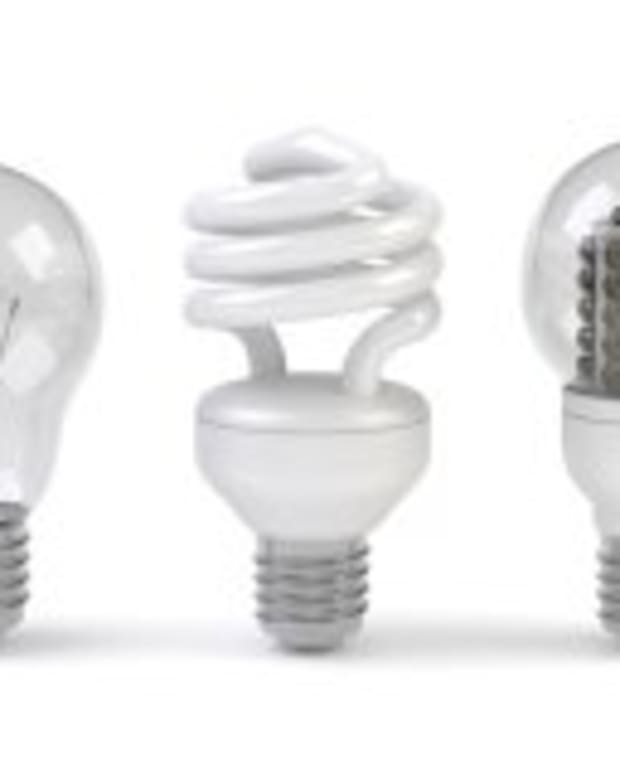
Thereafter, in 1934, Arthur Compton from General Electric reported successful experiments conducted with fluorescent bulbs which were later pursued further by the company. In 1895, Daniel Moore conducted an experiment that demonstrated emission of white and pink light from carbon di oxide and nitrogen infused bulbs. Even though he registered a patent for it, it was never commercially produced during his time. Thomas Edison then started researching and exploiting various opportunities to make a practical product that resulted in what we know as the tungsten filament bulb today.Īlthough Thomas Edison is credited with inventing the incandescent light bulb, he was the first one to pursue fluorescent bulbs for commercial purposes. Their invention was not commercially viable and was hence not pursued further. Joseph Wilson Swan in conjunction with Charles Stearn created a lamp with slender carbon rods. Next year, Frederick de Moleyns of England was granted the first patent for an incandescent light bulb.

Though his design was operational, the high cost of platinum made it impossible for commercial use. Later in 1840, Warren de la Rue enclosed a coiled filament of platinum and in a vacuum tube and passed current through it. Sir Humphrey Davy created the first incandescent bulb in 1802. History of incandescent and fluorescent light bulbs ‘A’ is used to denote the standard pear shaped bulb while ‘R’ is used to define Reflectors. The diameter is measured in inches and is usually available in increments of 1/8th of the original size. The letters ( A and R) represent the shape, whereas the numbers represent the maximum diameter of the bulb. In addition, germicidal lamps are used to kill germs present in the body.Įxamples of incandescent bulbs include PAR45 and A55.

However, this affects the light output and is known to be used only in exceptional circumstances.įluorescent bulbs save energy and last longer, but are more expensive. These bulbs also require optimum temperatures to work well they are known to function under capacity when switched on in lower temperatures.Īn incandescent light bulb is very sensitive to changes in voltage and hence its longevity can be doubled by adjusting the voltage supply. They do suffer from flickering problems and shorter life if used at a place where it is frequently switched on and off. It also lasts 10 to 20 times longer than the incandescent bulb. The fluorescent light bulb is known to reduce replacement costs and is an energy saver. Fluroscent light bulbs are better than incandescent bulbs in almost every way: lifetime cost, environmental impact and energy savings.


 0 kommentar(er)
0 kommentar(er)
